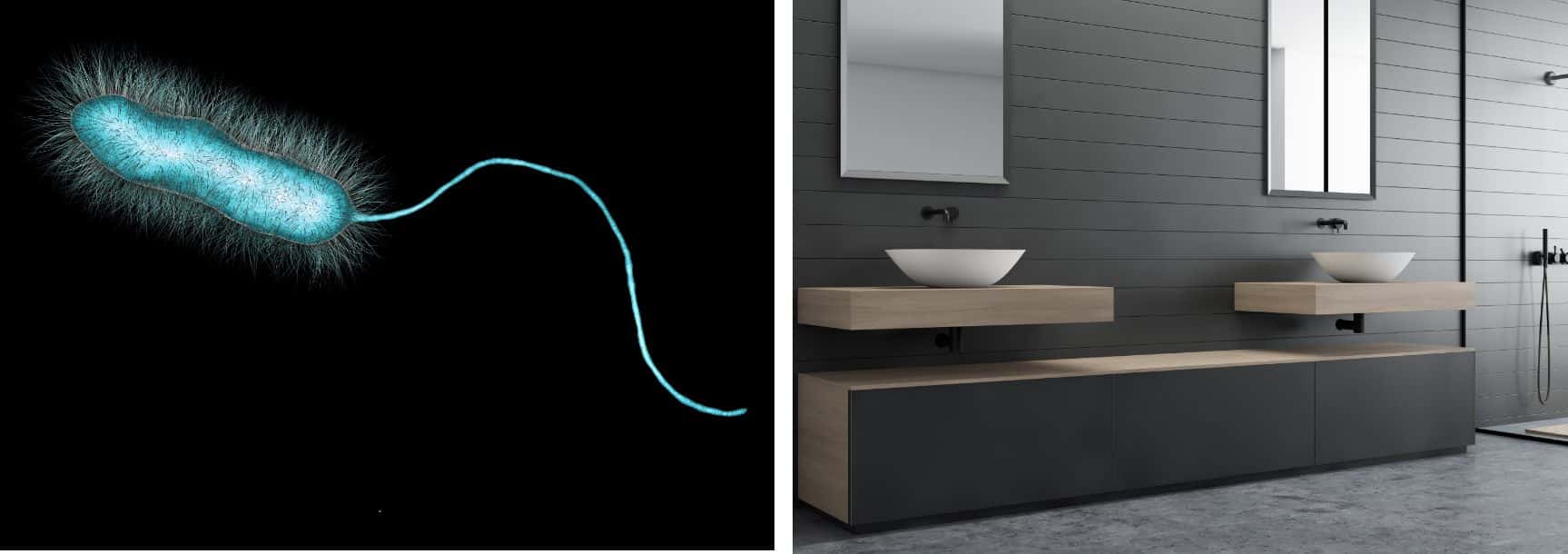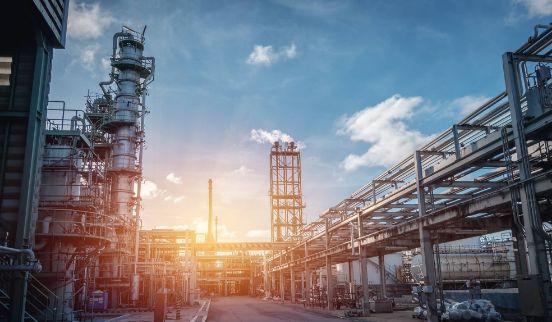comprex® - The mechanical cleaning with air and water
comprex® as an alternative to pig cleaning
What are the differences between comprex® and the pigging process?
There are various cleaning methods for cleaning pipelines. The cleaning of pipelines by means of pigging technology and also by means of impulse flushing/air-water impulse flushing (comprex®) is described in the rules and regulations, for example in DVGW worksheet W 291 and in worksheet DWA-A. 113.
comprex® at a glance:
- Economical and proven cleaning process
- Simple connection options for existing pipelines and systems
- Suitable for all geometric conditions in pipelines and plants
- Compressed air pulses generate air pigs
- Hygienic work in drinking water supply systems
The differences in the cleaning of piping system ne
Things to know about the pigging process
Frequently asked questions:
In pigging, one device, the pig, travels through sections of pipe. Either the medium that the pipeline conveys or another medium that is forced through the pipeline, usually water or compressed air, serves as the drive. The newt can perform different tasks. Thus, an inspection pig informs about the position and condition of the pipeline. In product lines, pigs provide separation between successive batches of product. For cleaning, in turn, there are different pig designs. During the plug disinfection of water or beverage pipes, two pigs separate the disinfectant from the water, which flushes the pipe free after the disinfection plug.
The pigging technique is used for cleaning pressure pipes of water supply and sewage disposal. Sluices are required especially when cleaning pigs are used regularly in raw water and wastewater pressure lines. At the beginning of the pipeline, the pig trap is used to introduce the cleaning pig into the water flow. The pig trap at the end of the pipeline has the task of removing the pig from the water flow loaded with mobilized particles.
Whereas with the Comprex process it is possible to introduce the compressed air pulses simply via fittings, the introduction and removal of the pig bodies requires devices such as pig sluices, free-flow hydrants or conversion work on conventional hydrants.
When comparing the pigging technology with the comprex® technology, the compressed air blocks between the water blocks can be described as air pigs. Unlike cleaning pigs made of solid materials such as foamed plastic or foam rubber, air pigs adapt to the geometry of the pipeline and cannot get stuck. In this way, heat exchangers (heat exchangers), which are used, for example, to recover heat from wastewater, can be reliably cleaned. The Comprex process requires only a small amount of personnel and organization. The daily output of Comprex cleaning depends primarily on the nominal size and degree of contamination of the pressure line. It can be 1 km/d for basic cleaning of very constricted pipelines and up to 3 km/d for maintenance cleaning.
For product lines with pigging technology already installed, the combination with Comprex technology offers advantages (New impulses for plant cleaning: Immel, S., Klein N. and Walther J., Farbe und Lack 12/2021). Separation pigs separate different batches in product lines for emulsion paints, for example. However, films of these products adhere to the interior surfaces over time. The plant components outside the piggable pipeline are flushed elaborately with quite large quantities of water. The Comprex technology reliably cleans the complete system with low water consumption and allows it to be blown dry if necessary.

5 million households are affected annually - test dates in demand
Do you have problems with legionella in your drinking water system or would you like to prevent the development of legionella in the long term?
Our mechanical impulse rinsing process loosens and reliably removes deposits and biofilms. The combination of air and water cleans effectively and gently at the same time.
Contact us, we will be happy to advise you.
Practical examples

Legionella in a sports hall
Cleaning of the drinking water system in a sports hall

Further practical examples Piping
Further practical examples and projects for the cleaning of pipelines with comprex®.

Chemical Park Production Plant
Cleaning of a production plant
for the production of plant protection products

Further practical examples Piping
Further practical examples and projects for the cleaning of pipelines with comprex®.






